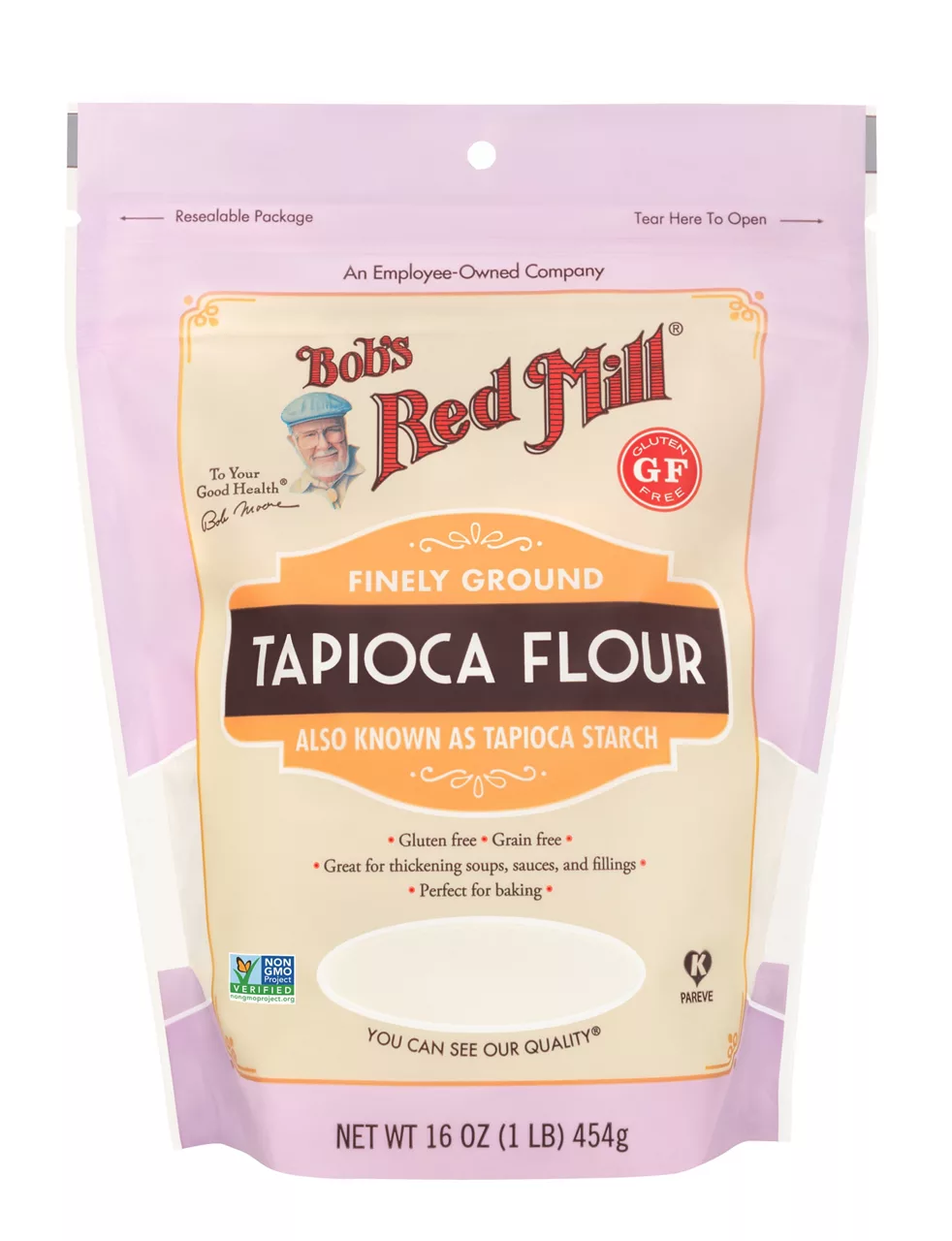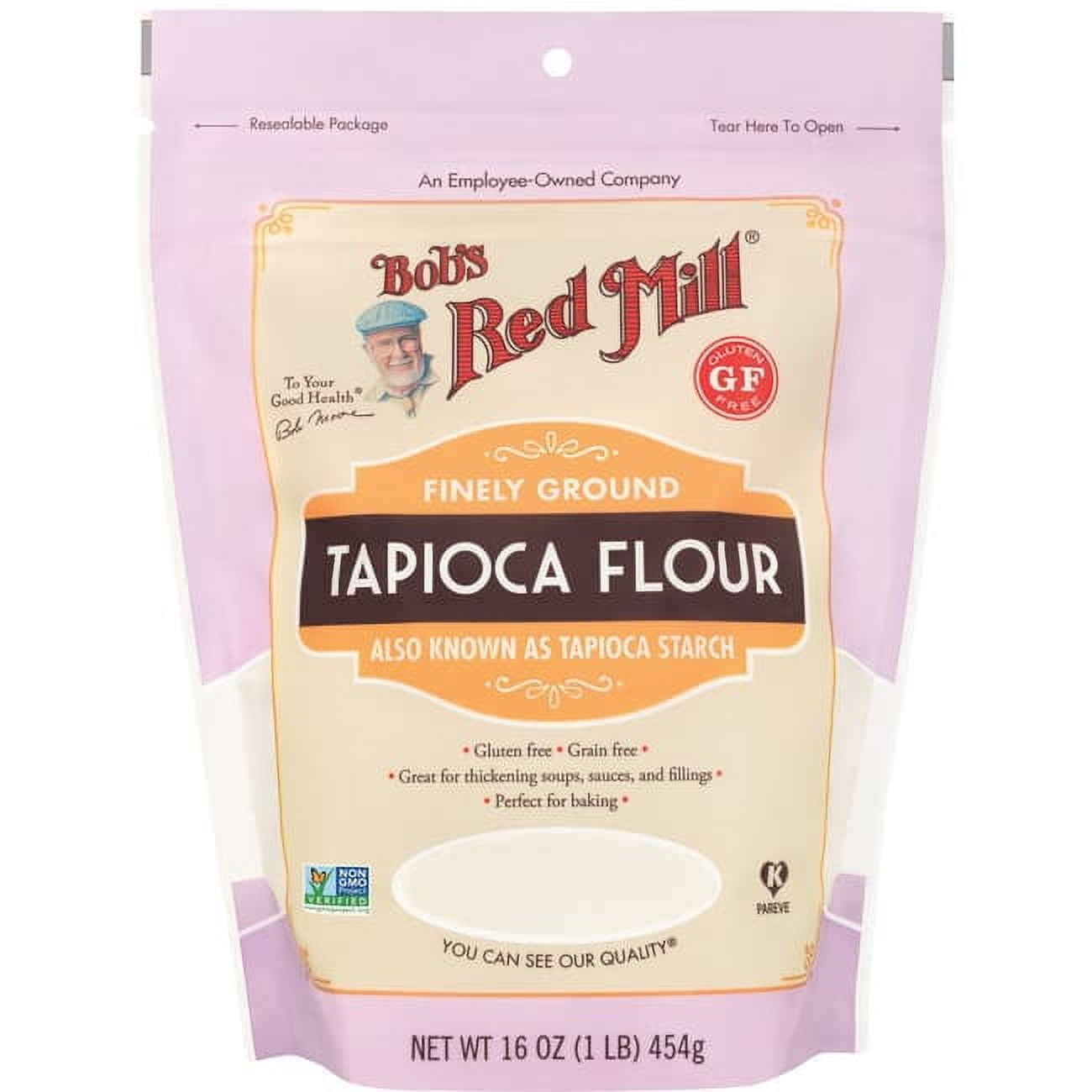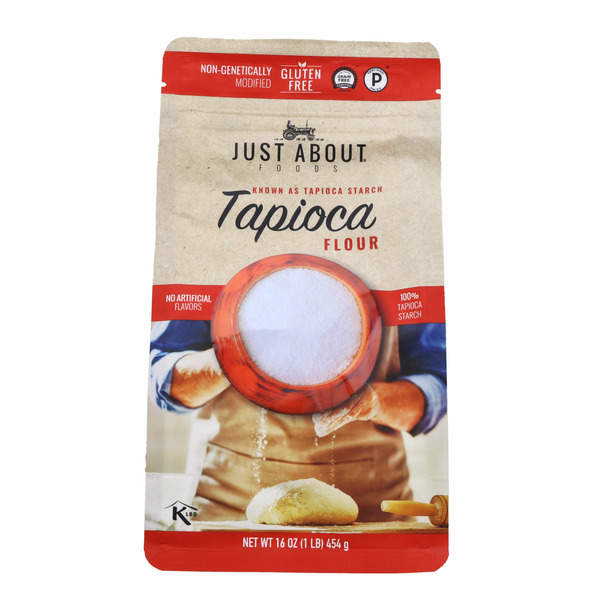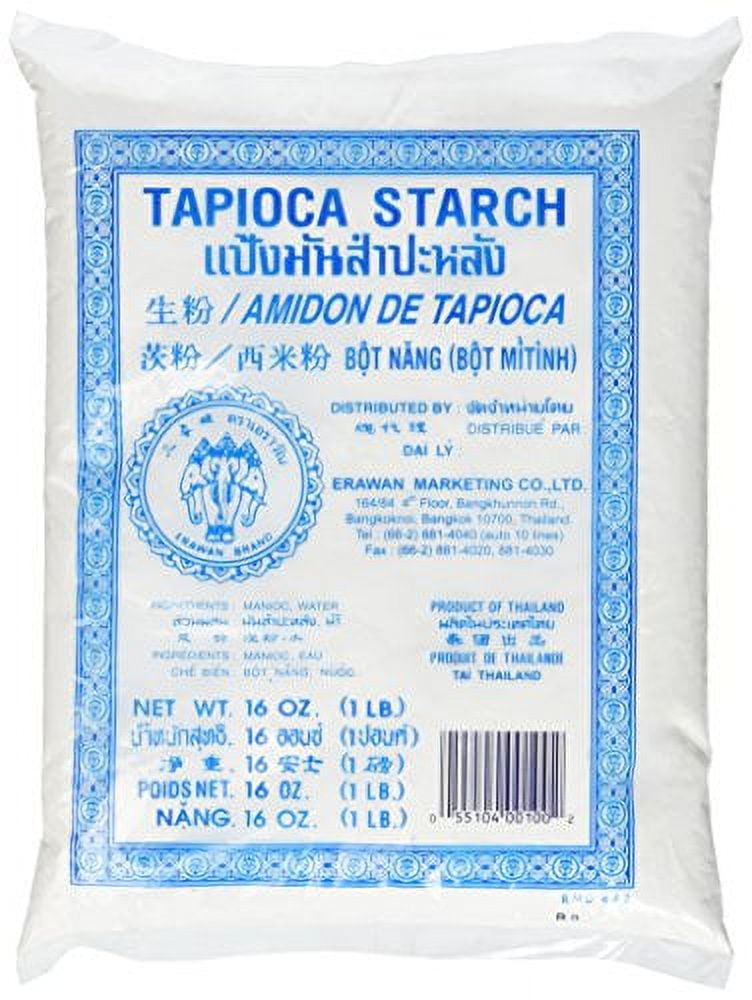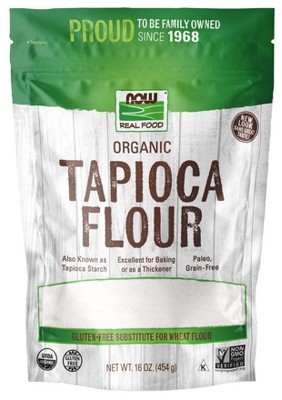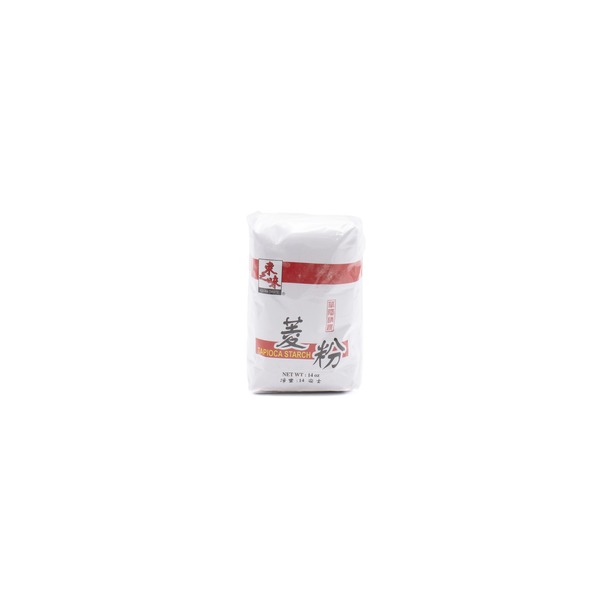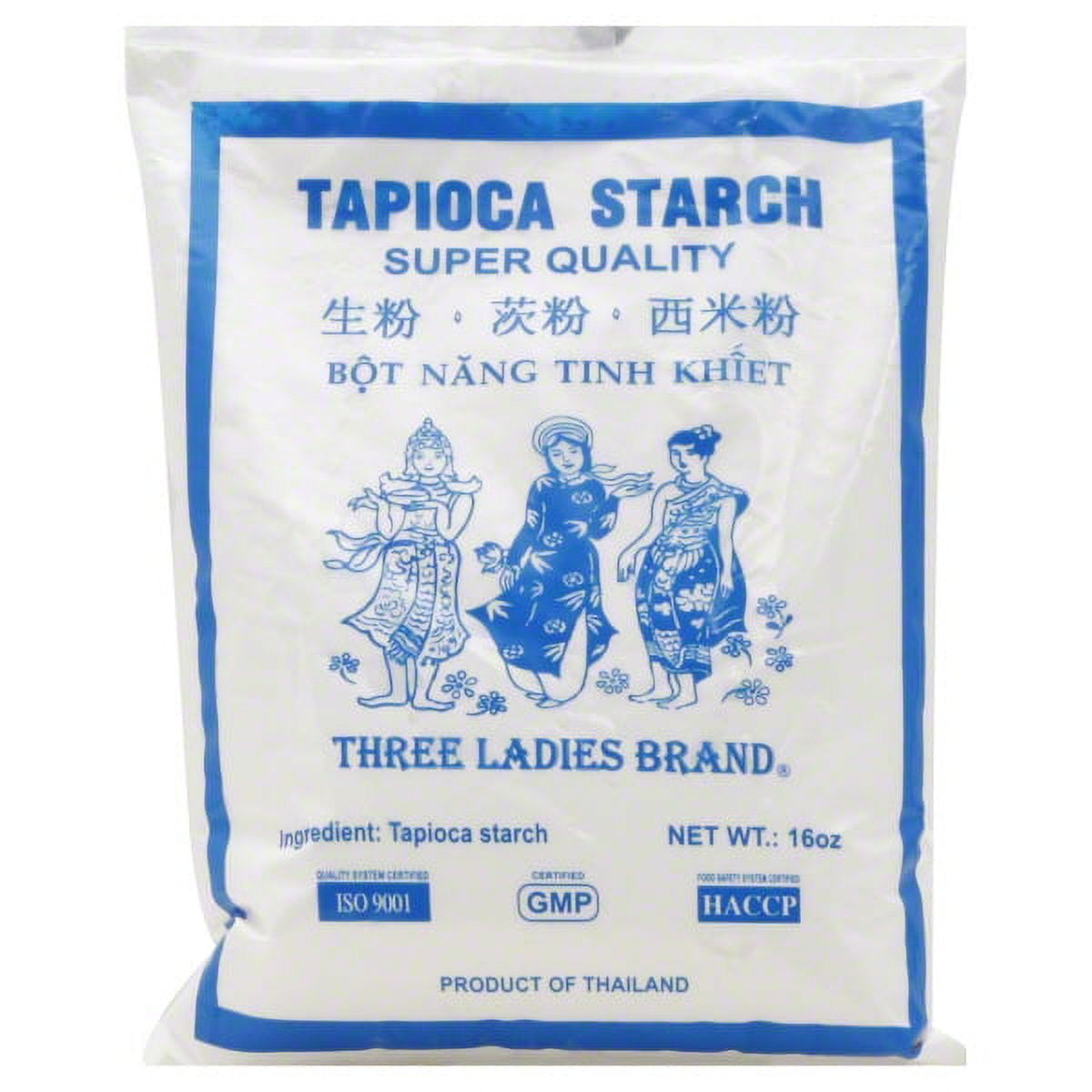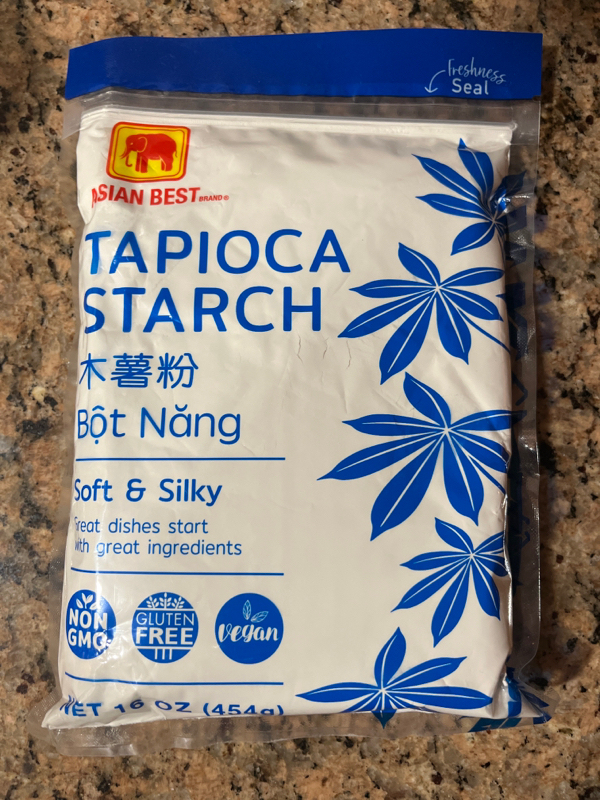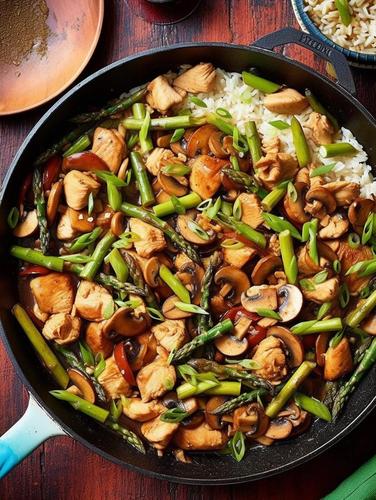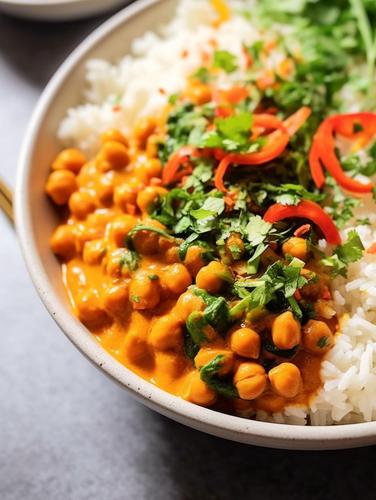DESSERTS
SIDE DISHES
BREADS
Tapioca Flour
Tapioca flour, also known as tapioca starch, is a gluten-free and grain-free flour made from the starch extracted from cassava root. With its light texture and neutral flavor, this versatile flour has become a popular choice for those with dietary restrictions or wishing to avoid traditional wheat flours. It is commonly used in a variety of baking and cooking applications, as well as for thickening sauces, soups, and stews.
In cooking, tapioca flour is ideal for making flatbreads, pancakes, and thickening agents due to its ability to absorb moisture and provide a chewy texture. Additionally, it is a great option for those following a paleo, gluten-free, or grain-free diet, as it offers a healthier alternative to wheat-based flours while still delivering on consistency and taste.
100%
CARBS
0%
FAT
0%
PROTEIN
186 Tapioca Flour Products
Used In 59 Recipes
2
Savory Chicken Asparagus Stir-Fry
4
Citrus-Infused Pork Stir Fry
3
Vegan Thai Chickpea Delight
3
Sensational Strawberry Cobbler - Paleo & Vegan
2
Grass-Fed Beef Salisbury Steak Meatballs
3
Savory Spinach and Bacon Quiche (Paleo, Gluten-Free, Dairy-Free)
4
Crispy Almond Crusted Pork Milanese
1,175
Creamy Tuscan Chicken {Paleo, Whole30, Keto}
Tapioca Flour Is Frequently Used With
Tapioca Flour FAQ
A common issue people have when cooking with tapioca flour is getting the right consistency. This is usually because it absorbs water very quickly and can clump together if not mixed correctly or quickly enough. It's important to slowly add the flour to the liquid while stirring continually to ensure a smooth texture. Another common issue is the use of tapioca flour as a direct substitute for other flours. Its unique properties mean that it doesn't always work well as a 1:1 substitute. To get the most out of tapioca flour, try using it as a blend with other flours or follow a recipe that calls for it specifically. A little-known trick for using tapioca flour is to use it as a quick and easy thickener for sauces and soups. Just stir in a little bit at a time until you reach the desired thickness.
Can I use tapioca flour instead of all-purpose flour?
What is the difference between tapioca flour and tapioca starch?
Can I use cornstarch instead of tapioca flour?
Is tapioca flour good for frying?
Can I use tapioca flour in sauces?
How do I measure tapioca flour?
What is the nutritional value of tapioca flour?
How can I prevent tapioca flour from clumping?
What can I make with tapioca flour?
Is tapioca flour keto-friendly?
Expiration & Storage Tips
When does tapioca flour expire?
Unopened, this fine-grained flour has a lengthy shelf life and can stay fresh for about 2 years when stored in a cool, dry place. Interestingly enough, the printed date on the package is often a conservative 'Best By' date that does not mark the actual expiry. Once opened, tapioca flour can be kept for about a year if stored properly. Freezing is not generally recommended for flour like this one; however, if you do choose to freeze it to extend its life, be sure to allow it to thaw at room temperature before use.
How do you tell if tapioca flour is bad?
Spotting bad tapioca flour is simple. First, give it a good smell. A stale, sour, or rancid smell is a clear indication it has gone bad. Next, inspect the flour for any discoloration, grey or odd colors could mean the flour has spoilt. Lastly, watch out for any form of mold or bugs, which can creep into improperly sealed containers.
Tips for storing tapioca flour to extend shelf life
• Keep it tightly sealed: After every use, make sure the flour is stored in an airtight container. Tapioca flour loves to absorb moisture from the air, which can lead to clumping or spoilage.
• Store in a cool, dry area: A pantry, drawer or kitchen cabinet (away from the stove, dishwasher or refrigerator) serve as the best places for storing your flour.
• Watch out for cross-contamination: If you're using your flour for gluten-free cooking or baking, make sure it's stored away from wheat flours and other gluten-containing items.
EXPIRES WITHIN
10 - 14
MONTHS
Substitutes
Health Info
Macros
8g
CARBS
0g
FAT
0g
PROTEIN
Allowed on these diets
LOW FAT
HIGH CALCIUM
VEGETARIAN
PALEO
WHOLE 30
MEDITERRANEAN
LOW CARB
VEGAN
LACTOSE FREE
GLUTEN FREE

